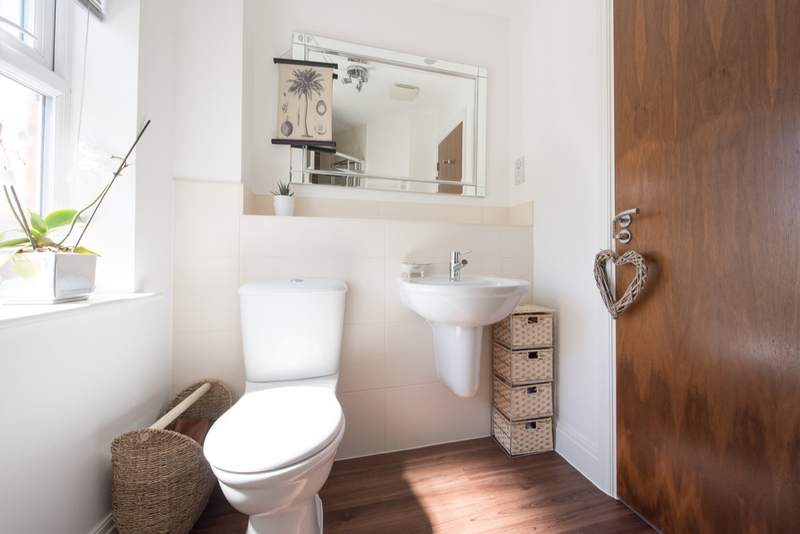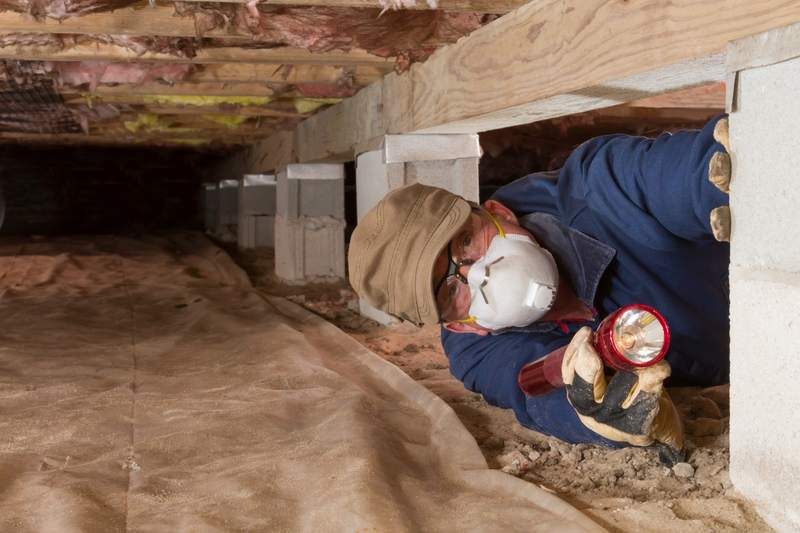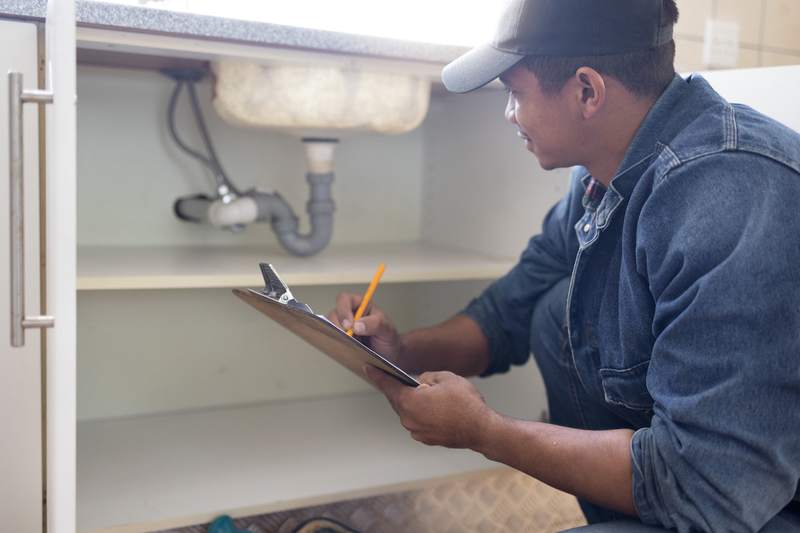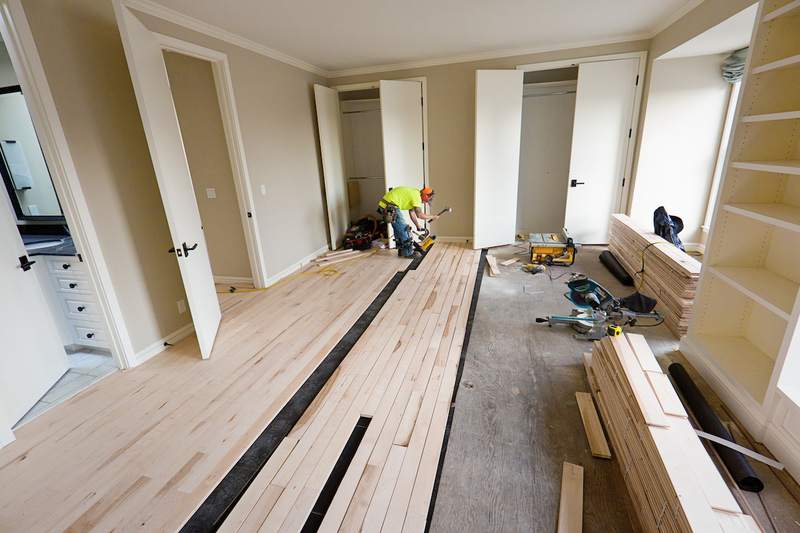
If you’ve been browsing home listings, you may have noticed there are different classifications for bathrooms. A full bath describes a bathroom that has a toilet, sink, shower, and bathtub, while a half bath is smaller and usually doesn’t include a shower or bathtub.
Half baths add to the total number of bathrooms in the home and can be a savvy use of space. Here’s a closer look at what a half bath is, along with the benefits and drawbacks of buying a home with one.
Half Bath Defined
A typical half bath has a toilet and sink, but does not have a shower or bathtub. Half baths aren’t intended for bathing, so you usually won’t find one attached to a bedroom. Instead, half baths are mostly for guests, which is why they’re often located on the ground floor.
“A half bath is convenient and practical, but it does not offer much privacy or space for storage or grooming,” says Artem Kropovinsky, an interior designer in New York City. “A typical half bath measures between 18 and 24 square feet.”
Elements of a half bath
A half bath contains two of the four key components of a full bath — usually a toilet and sink. A two-piece toilet usually measures about 33 inches tall, 18 inches wide, and 31 inches deep. Wall-mounted sinks are common in half baths and typically extend 18 inches from the wall.
Vanities are more common in full baths, but sometimes can be found in half baths. Vanities typically come with a mirror, countertop, and cabinet underneath the sink. Measurements vary, but you can expect a vanity to be anywhere from 24 to 60 inches wide.
Do two half-baths equal a full bath?
Even though two halves make a whole mathematically, this isn’t the case with bathrooms. That’s because half baths usually don’t have a shower or bathtub, which are essential components of a full bath. Claiming a house has two full baths when it only has one full bath and two half-baths is misleading for prospective homebuyers.
Is a powder room the same thing as a half bath?
Yes, the term “powder room” typically refers to a half bath.
Pros and Cons of Buying a Home With a Half Bath
Here are some of the benefits and drawbacks of buying a home with a half bath.
Pros of half baths
Some of the advantages of half baths include:
- They’re an efficient use of smaller spaces. Some homeowners convert closet spaces or areas under staircases into half baths as part of home improvement projects.
- They are great for guests. Instead of directing guests into a bedroom to find a bathroom, you can show them down the hallway to an easily accessible half bath. “A half bath near the entrance or the living room can be convenient for guests and family members who need to use the restroom quickly,” Kropovinsky says.
- They’re easy to clean. Half baths are smaller and only contain a sink and toilet, so there’s less to clean. They’ll also be used less, since half baths are mostly for guests.
- They can be converted to larger bathrooms. Half baths can be expanded to full baths or three-quarter baths using existing plumbing nearby. If you choose to do this, it can increase your home value.
Cons of half baths
Some of the disadvantages of half baths include:
- There are limited features. Half baths aren’t for bathing. Their functions are limited to using the toilet and washing hands afterward. If a guest is staying over and needs to shower, they’ll have to use a different bathroom.
- The space is smaller. While half baths can be an efficient use of space, they’re usually smaller than full baths.
- If you don’t host frequently, they can go unused. If you don’t often have guests over, you may wish your half bath was a storage closet instead.
FAQ
Here are the answers to some frequently asked questions about half baths.











